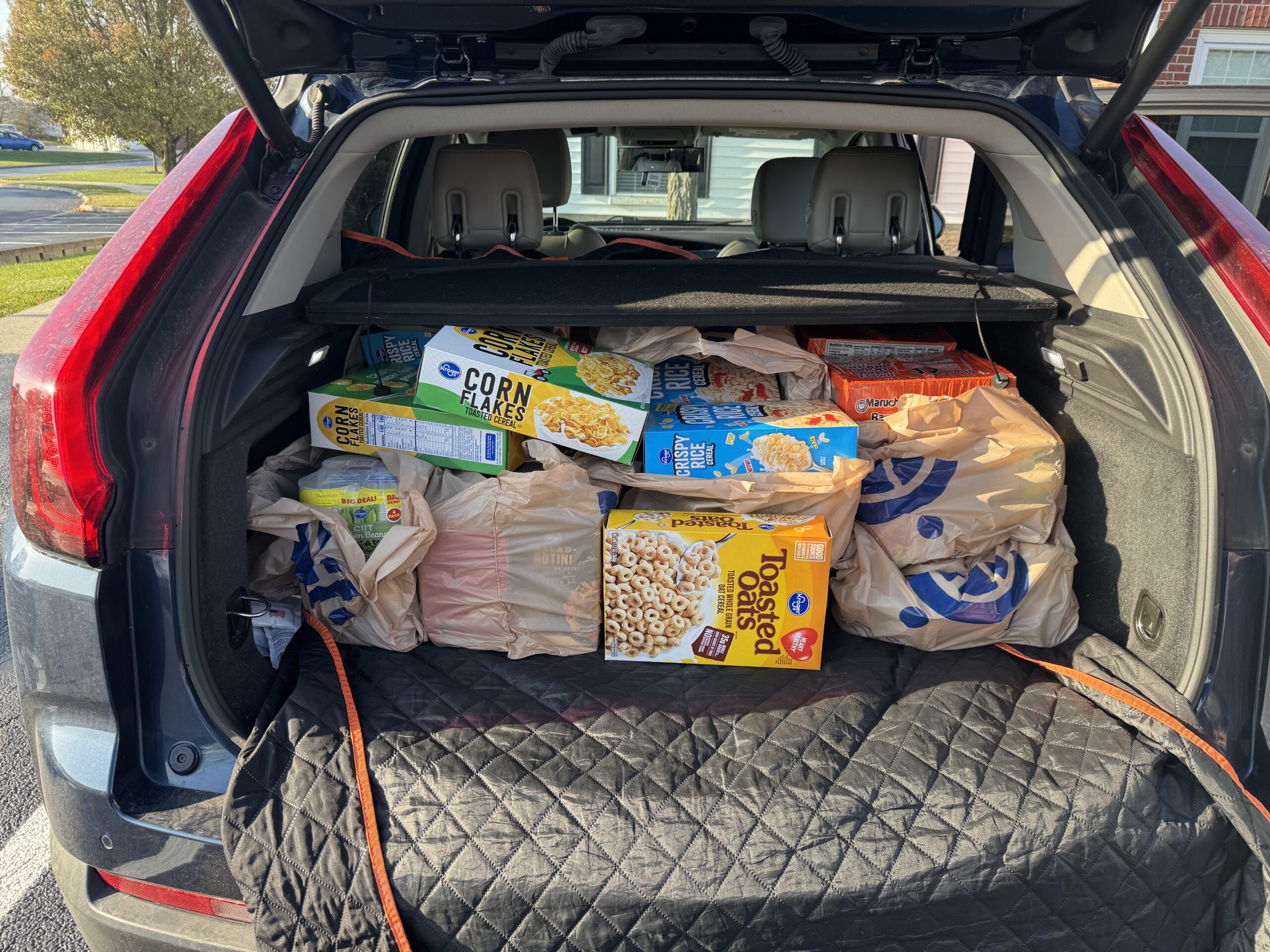Keep Care Close to Home: Protecting Ohio’s Rural Hospitals
TL;DR: Eleven rural Ohio hospitals are at risk of closure due to recent Medicaid cuts and new bureaucratic hurdles. This means fewer ERs, maternity wards, and local care options. Ron Kincaid believes health care access shouldn’t depend on your ZIP code. He’s calling for bipartisan action to stabilize funding, protect essential services, and keep rural hospitals open.
Table of Contents
- The Crisis Facing Rural Hospitals
- Why Medicaid Cuts Hit Rural Ohio Hard
- What’s at Stake for Families and Communities
- Ron’s Plan to Keep Care Local
- Join the Fight
The Crisis Facing Rural Hospitals
When you dial 9-1-1, you shouldn’t have to wonder whether the nearest ER will still be open. Yet according to a UNC Sheps Center analysis, 338 rural hospitals nationwide are at risk of closure or severe cuts. In Ohio alone, 11 hospitals are on that list—putting entire communities in danger of losing nearby emergency care.
Why Medicaid Cuts Hit Rural Ohio Hard
Nearly half of rural hospitals nationwide are already operating at a loss, according to the American Hospital Association. New federal law changes add more pressure:
- Six-month re-enrollment requirements starting in 2027.
- Work requirements for Medicaid expansion populations.
As reported by WOUB, these changes will force many eligible patients off coverage, pushing costs back onto ERs and counties. Hospitals with the highest Medicaid caseloads—often rural ones—will bear the brunt.
What’s at Stake for Families and Communities
When a local hospital closes, the whole town suffers:
- Families face longer ambulance rides during emergencies.
- Jobs vanish—hospitals are often top local employers.
- Businesses lose workers and customers.
The Statehouse News Bureau highlighted how hospitals in Ohio warn of “devastating consequences, particularly for mothers, infants and low-income families” if these cuts move forward.
Ron’s Plan to Keep Care Local
Ron Kincaid supports:
- Stabilizing funding: Reverse harmful Medicaid cuts and ensure payments reflect the real cost of care.
- Protecting access, not just balance sheets: Rescue funds must keep ERs, maternity wards, and behavioral health open—not just patch budget holes. (Spectrum News)
- Cutting bureaucratic churn: Oppose six-month re-enrollment and blanket work requirements.
- Investing in workforce and telehealth: Expand rural residency programs and connect small hospitals to specialist networks.
As Ron says: “Rural health shouldn’t be a partisan football. I’ll work with anyone—Republican or Democrat—who’s serious about keeping care close to home.”
Join the Fight
Ron has spent his career solving problems people said were “too hard.” He knows that when communities invest in people, doors open and families thrive. Protecting rural hospitals is no different.
👉 Add your name, share this story, and tell us why your hospital matters. Together, we can make sure no Ohio family has to choose between their ZIP code and their health.
Sources
- American Hospital Association – Rural hospitals at risk (2023)
- Statehouse News Bureau – 11 Ohio rural hospitals at risk (July 21, 2025)
- WOUB – Medicaid changes and rural health impact (Aug. 13, 2025)
- Spectrum News 1 – Medicaid cuts, 11 Ohio hospitals at risk (July 17, 2025)
- UNC Sheps Center – Rural hospital closures tracker
- Sen. Markey release on Sheps analysis (June 12, 2025)
TL;DR: Eleven rural Ohio hospitals are at risk of closure due to recent Medicaid cuts and new bureaucratic hurdles. This means fewer ERs, maternity wards, and local care options. Ron Kincaid believes health care access shouldn’t depend on your ZIP code. He’s calling for bipartisan action to stabilize funding, protect essential services, and keep rural hospitals open.
Table of Contents
- The Crisis Facing Rural Hospitals
- Why Medicaid Cuts Hit Rural Ohio Hard
- What’s at Stake for Families and Communities
- Ron’s Plan to Keep Care Local
- Join the Fight
The Crisis Facing Rural Hospitals
When you dial 9-1-1, you shouldn’t have to wonder whether the nearest ER will still be open. Yet according to a UNC Sheps Center analysis, 338 rural hospitals nationwide are at risk of closure or severe cuts. In Ohio alone, 11 hospitals are on that list—putting entire communities in danger of losing nearby emergency care.
Why Medicaid Cuts Hit Rural Ohio Hard
Nearly half of rural hospitals nationwide are already operating at a loss, according to the American Hospital Association. New federal law changes add more pressure:
- Six-month re-enrollment requirements starting in 2027.
- Work requirements for Medicaid expansion populations.
As reported by WOUB, these changes will force many eligible patients off coverage, pushing costs back onto ERs and counties. Hospitals with the highest Medicaid caseloads—often rural ones—will bear the brunt.
What’s at Stake for Families and Communities
When a local hospital closes, the whole town suffers:
- Families face longer ambulance rides during emergencies.
- Jobs vanish—hospitals are often top local employers.
- Businesses lose workers and customers.
The Statehouse News Bureau highlighted how hospitals in Ohio warn of “devastating consequences, particularly for mothers, infants and low-income families” if these cuts move forward.
Ron’s Plan to Keep Care Local
Ron Kincaid supports:
- Stabilizing funding: Reverse harmful Medicaid cuts and ensure payments reflect the real cost of care.
- Protecting access, not just balance sheets: Rescue funds must keep ERs, maternity wards, and behavioral health open—not just patch budget holes. (Spectrum News)
- Cutting bureaucratic churn: Oppose six-month re-enrollment and blanket work requirements.
- Investing in workforce and telehealth: Expand rural residency programs and connect small hospitals to specialist networks.
As Ron says: “Rural health shouldn’t be a partisan football. I’ll work with anyone—Republican or Democrat—who’s serious about keeping care close to home.”
Join the Fight
Ron has spent his career solving problems people said were “too hard.” He knows that when communities invest in people, doors open and families thrive. Protecting rural hospitals is no different.
👉 Add your name, share this story, and tell us why your hospital matters. Together, we can make sure no Ohio family has to choose between their ZIP code and their health.
Sources
- American Hospital Association – Rural hospitals at risk (2023)
- Statehouse News Bureau – 11 Ohio rural hospitals at risk (July 21, 2025)
- WOUB – Medicaid changes and rural health impact (Aug. 13, 2025)
- Spectrum News 1 – Medicaid cuts, 11 Ohio hospitals at risk (July 17, 2025)
- UNC Sheps Center – Rural hospital closures tracker
- Sen. Markey release on Sheps analysis (June 12, 2025)






